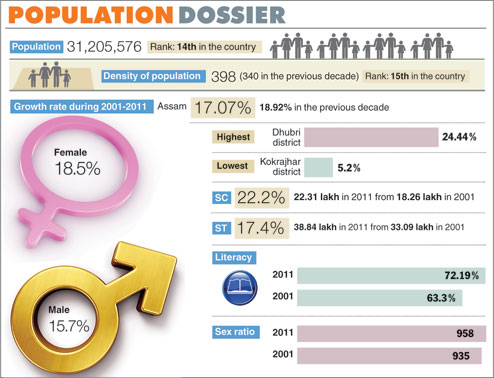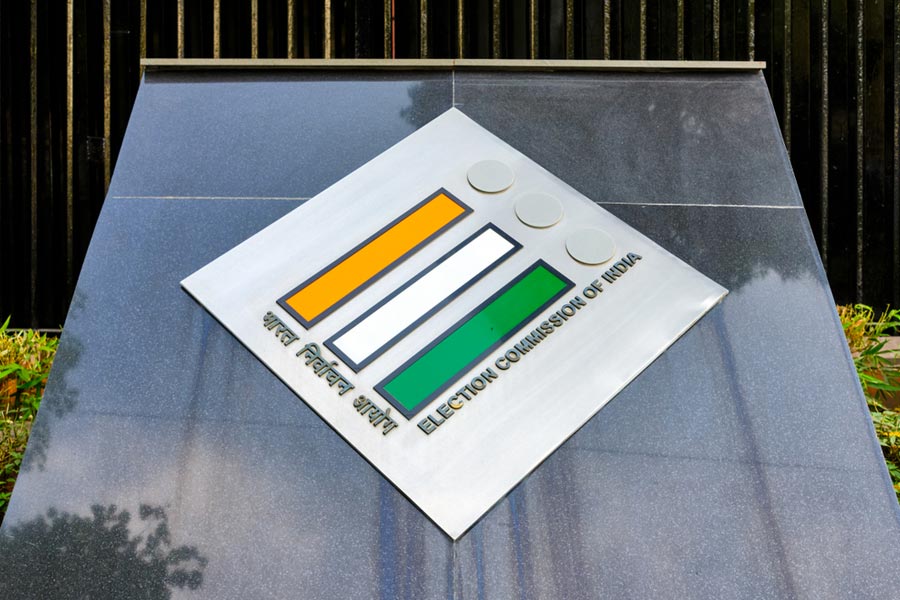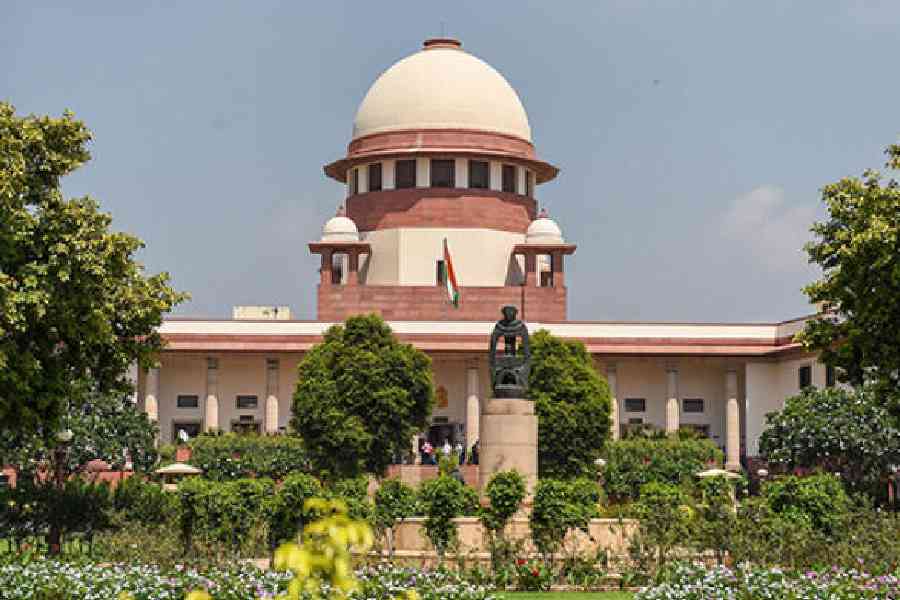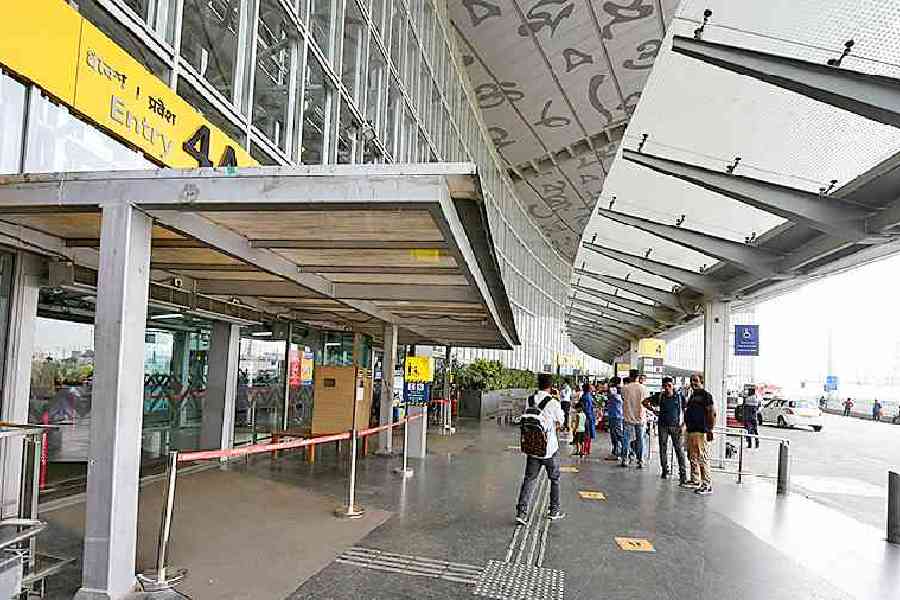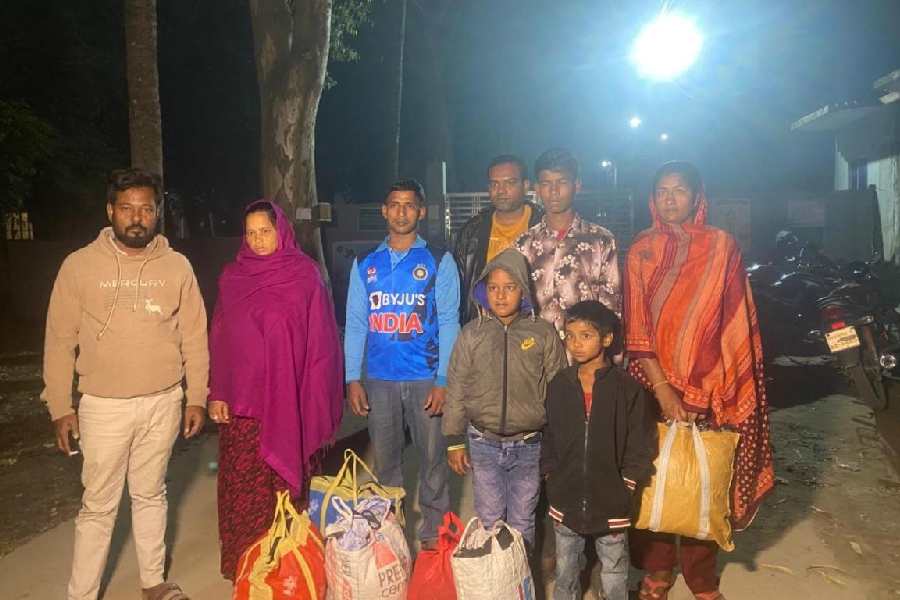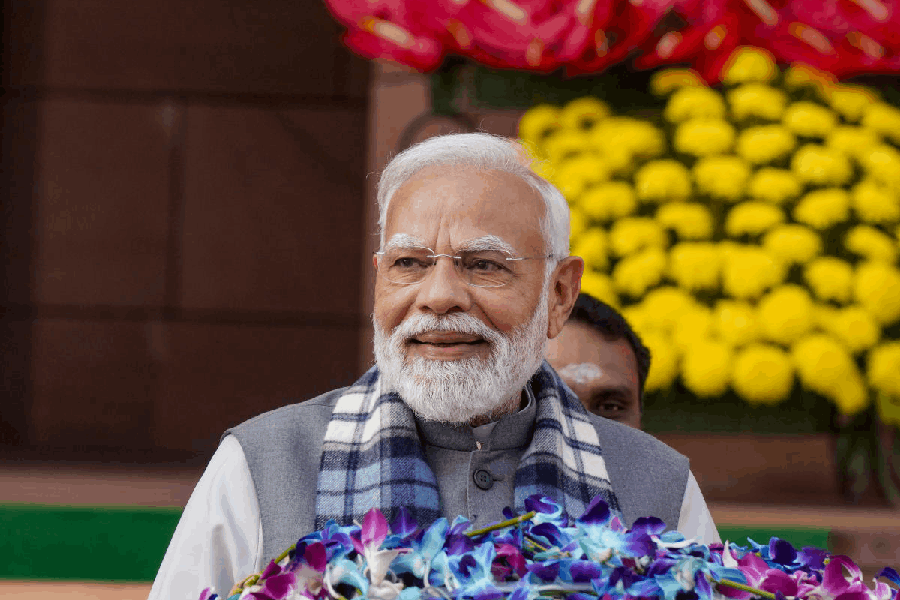 |
Guwahati, May 23: Minority-dominated Dhubri district has recorded the highest population growth rate in Assam while Kokrajhar has recorded the lowest, according to the 2011 census, the final findings of which were released today. Assam ranks 14th in the country in terms of population.
While Assam recorded a population growth rate of 17.1 per cent (4,550,048 people) over the past decade (2001-2011), Dhubri and Kokrajhar recorded a growth of 24.44 per cent and 5.2 per cent respectively. Dhubri is followed by Morigaon (23.3 per cent), Goalpara (22.6 per cent), Darrang (22.2 per cent) and Nagaon (22 per cent). The report pegs Assam’s population at 31,205,576, 14.9 per cent of them in the age group of zero to six years.
The findings were released by R.K. Das, director of census operations, Assam, here today while Bharati Chanda, joint director of census operation, Assam, gave a presentation. “The provisional data of the census was released on 31 March, 2011. The final data is being released today. As census is a gigantic task, we are releasing its primary abstracts today,” Chanda said.
The reports says Assam’s population density (398 persons per square kilometre) is above the national average of 382. Assam ranks 15th in the country in terms of density.
Kamrup (metro) is the most densely inhabited district with a population of 1,313 persons per square kilometre followed by Dhubri (896), Barpeta (742), Nalbari (733) and Nagaon (711). The population density is lowest in Dima Hasao (44).
Countrywise, Delhi (11,320 persons per square km) is the most densely inhabited while Arunachal Pradesh (17) is the least populated state.
Chanda said Assam has registered a satisfactory sex ratio (number of females per 1000 males). The gender ratio in Assam increased to 958 in 2011 from 935 in 2001. The highest sex ratio was observed in Baksa (974) followed by Udalguri (973) and Chirang (969). The lowest sex ratio was recorded in Dima Hasao (932).
“In comparison, economically advanced states like Haryana and Punjab recorded dismal sex ratios, 879 and 895 respectively,” Chanda said.
In the state, 16 ethnic groups are notified as Scheduled Caste (SC) and 25 as Scheduled Tribe (ST). According to the census, the state has SC population of 22.31 lakh (a growth of 22.2 per cent from 2001). The maximum SC population was found in Nagaon (2,66,350) and the lowest in Dima Hasao (4,337).
The ST population in the state, according to the 2011 census, is 38.84 lakh, an increase of 17.4 per cent from 2001. Karbi Anglong has the highest ST population (5,38,738) and Hailakandi the lowest (691).
Literacy has also increased by 8.9 per cent, from 63.3 per cent in 2001 to 72.19 per cent in 2011, but it has failed to touch the national average of 73 per cent. According to the census, a person aged seven and above is considered literate if he or she can read and write, with understanding in any language. While Kamrup (metro), Jorhat and Sivasagar top the list with literacy rates of 88.71, 82.15 and 80.41 per cent respectively, Dhubri, Darrang and Chirang remained at the bottom with literacy rates of 58.34, 63.08 and 63.55 per cent respectively. Assam has also succeeded in lowering its gender gap in literacy rate (literacy rate of male minus that of female). It is 11.50 per cent in Assam compared to the national average of 16.3 per cent.
The report categorises the total work force of the state as cultivators (33.9 per cent), agricultural labourers (15.4 per cent), cottage industry workers (3.8 per cent) and other workers (46.5 per cent).
The report says employment in the agriculture sector (cultivators and agriculture labourers), which constitutes 49.3 per cent of the total workers, has declined by three per cent in the state.

